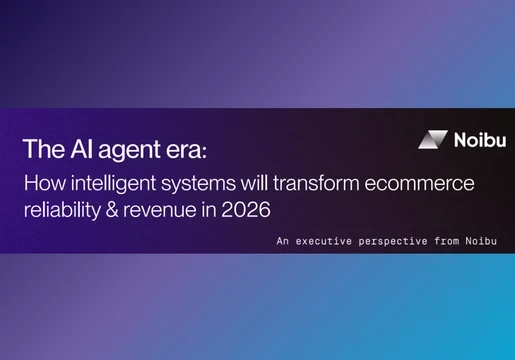This article was contributed by Jay Patel, Chief Executive at IMImobile

It’s hard for us to overstate the impact of COVID-19 on almost every aspect of life, and the way we work is no exception, prompting entire industries to move staff out of offices to work remotely. Remote working did exist before COVID-19 struck, and the tools required were already widely available, but on the whole, few companies used remote working as their primary operating model.
That’s all changed now. We’ve gone from a scenario where just 30 percent of the UK workforce had ever worked from home, to one where home working is a daily reality for many of us, and some organisations are even giving employees the option to work from home permanently. COVID-19 has made organisations consider whether the office’s main advantages – being the place where all the technology is kept, and where the management team congregates and is available in-person – are still relevant or necessary.
Customer service: on the frontline
Among the range of job functions currently having to be carried out remotely, customer service teams offer a glimpse of how this shift could succeed in practice. In many ways, the odds have been stacked against them, since customer service teams are facing more pressure than ever before. The number of queries they receive has skyrocketed, meaning customers are facing longer virtual queues, or in some cases, find that customer service lines have closed entirely. Those who tried calling one of the UK’s leading airlines for a refund at certain points during the crisis may have found it difficult to reach someone at all, after hearing an automated message thanking them for their understanding, while other companies have done their best to prevent customers from calling in the first place.
From the customer’s perspective, this has come at the worst possible time: those in self-isolation might be unable to call the supermarket to enquire about a missed delivery, or a home worker might lose their internet connection and be unable to resolve the issue over the phone. It’s clear where customer frustrations can start to develop, and by extension, clear to see why many customers might start to think about taking their business elsewhere.
Coping with this pressure would be a challenge at the best of times. Throw the need to immediately transition to remote working into the mix, and customer service becomes one of the most under-pressure departments of a business.
Preventing the chaos
Despite the chaos, some organisations have found a way to keep their customer service teams working efficiently through the crisis. The key to this successful transition is the use of cloud-based contact centre software, which makes it possible to ‘keep the lights on’ and continue to put customers first , even with demand increasing and agents suddenly working remotely.
The agility this affords has been crucial. By placing contact centre infrastructure in the cloud, users have been able to avoid the need to physically move infrastructure from the office to employees’ homes. This enables them to immediately transition the contact centre into a remote operation overnight and avoid the risk of any lapse in service. For customer service teams providing essential services during the crisis, this level of agility has been vital.
Alongside greater agility, cloud-based contact centre software also brings added functionality. For instance, it can automate streams of communication, using technologies such as Interactive Voice Response (IVR) to detect where enquiries may be lower priority, and allows for real-time agent monitoring, enabling organisations to track and manage agents’ workload remotely. Importantly, it also has the ability to direct calls to certain agents based on skill level, or to deflect calls to digital channels where needed. This means the level of work can be more manageable, and more focussed, at a time when agents may be more stretched than ever. When ‘normality’ does return, many organisations might find that much of the need to bring contact centre staff back to the office has been lost.
More broadly, the better results that this functionality brings could have a knock-on effect on how users approach working practices. One impact of remote working is that it erodes the outdated concept of ‘presenteeism’. Pre-pandemic, this was all too often seen as a measure of performance in its own right. Now, organisations are having to explore alternative methods of measuring productivity, such as the ‘Objectives and Key Results’ (OKR) method favoured by some Silicon Valley tech companies. Here, employee performance is measured against a small number of key objectives aligned to the organisation’s overall goals, helping to make customer service more focussed and driven than ever before.
Surviving – and thriving
COVID-19 has posed a number of problems and it’s remarkably difficult to predict what the endgame will look like. As far as working habits are concerned, it’s reasonable to assume that the pandemic will leave a permanent mark, and that we’re never truly going back to ‘normal’ as we knew it before. Of course, many of us will return to the office, but the crisis has demonstrated that organisations can survive – and thrive – without needing to be physically present.
The success that many organisations have seen in relocating their customer service teams offers a good example of how this can be achieved in practice. Not only have many organisations been able to ‘keep the lights on’, but many have found ways to improve their levels of service, all while facing more demand than ever. This success has helped to lay the groundwork for a new approach to measuring customer service productivity, putting customer service teams in a better place to help their organisations succeed as they rebound from the crisis.







Comments ( 0 )